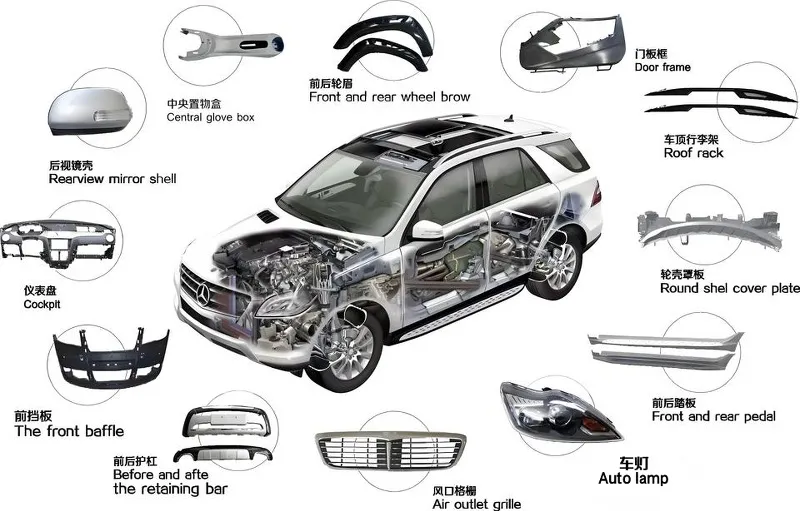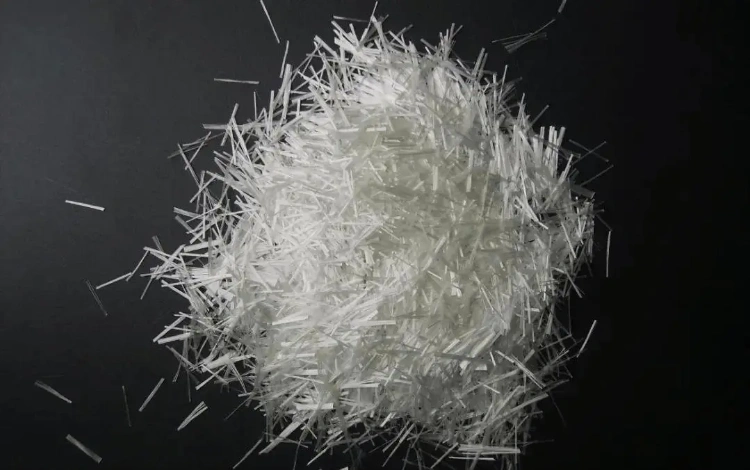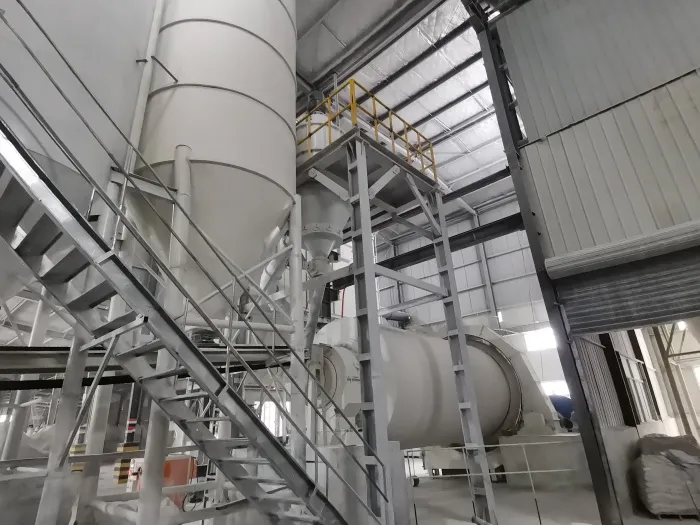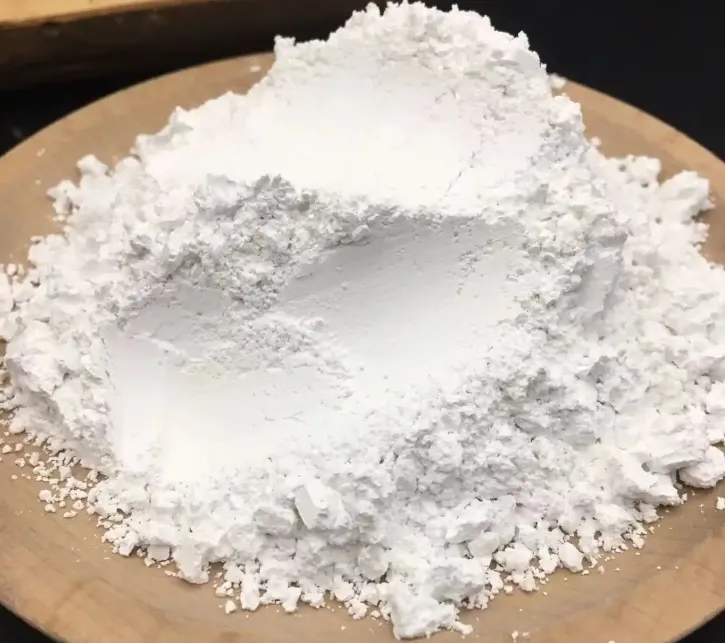Amazing! There are so many ultrafine powder materials in automotive plastics.
With the rapid development of the economy, cars have entered every household, accompanying daily travel. But do you really understand this companion that is always by your side? Do you know what it will look like in the future?
In today’s world, where environmental protection and clean energy are emphasized, new energy vehicles have become the darling of the new century. Lightweight design has also become a development trend for new energy vehicles.
Among many “material weight reduction” solutions, “plastic instead of steel” has emerged as a standout. So, what plastics are used in cars? When we talk about plastic, we usually think of plastic bags, plastic bottles, plastic cups… When we talk about cars, we usually think of steel. But why can plastic replace steel now? Of course, this is inseparable from the role of powder. Ultrafine powder in automotive play a significant role in the car industry by enhancing the performance and properties of various components. The mechanical properties, heat resistance and impact resistance of automotive plastics have been significantly improved.

Plastics commonly used in automobiles
Common plastics used in cars include polypropylene, ABS resin, polyamide, polycarbonate, PC/ABS alloys, and polyoxymethylene. Ordinary plastics cannot meet the performance requirements for automotive applications, so powders are used to improve the properties of plastics.
Fiberglass

Fiberglass is an excellent inorganic non-metallic material, with a wide variety of types. Its advantages include good insulation, high heat resistance, strong corrosion resistance, and high mechanical strength. However, its drawbacks are brittleness and poor wear resistance.
It is made from six types of ores: steatite, quartz sand, limestone, dolomite, borocalcite, and boromagnesite.
These are processed through ultrafine grinding, high-temperature melting, drawing, twisting, and weaving techniques. Fiberglass is commonly used as a reinforcement material in composite materials, electrical insulation materials, thermal insulation materials, circuit boards, and many other fields of the national economy.

The main components of fiberglass are silica (SiO₂), alumina (Al₂O₃), calcium oxide (CaO), boron oxide (B₂O₃), magnesium oxide (MgO), and sodium oxide (Na₂O).
Depending on the sodium oxide content, fiberglass can be classified into three types:
- Alkali-free fiberglass (Na₂O 0%–2%), which is an alumino-borosilicate glass.
- Medium alkali fiberglass (Na₂O 8%–12%), which is either boron-containing or boron-free sodium-calcium silicate glass.
- High-alkali fiberglass (Na₂O 13% and above), which is sodium-calcium silicate glass.
Raw materials and their applications:
Fiberglass has higher temperature resistance than organic fibers, is non-flammable, resistant to corrosion, provides good heat and sound insulation, has high tensile strength, and excellent electrical insulation properties.
However, it is brittle and has poor wear resistance.
Fiberglass is used to manufacture reinforced plastics or rubber and serves as a reinforcing material. In automotive manufacturing, fiberglass is widely used, especially in the production of dashboards, body parts, chassis components, and engine accessories. By improving the properties of plastics, fiberglass composites make cars lighter, more durable, and safer.
Magnesium salt whiskers
Magnesium salt whiskers are a new type of inorganic flame-retardant, reinforcing fiber material with a single crystal structure. Compared to composite plastics, they offer significant reinforcement, stiffening, and flame-retardant effects. Magnesium salt whiskers ultrafine powder in automotive can give parts high deformation temperatures, a smooth and aesthetic surface, lower density, and are non-toxic and environmentally friendly. The tiny, special single-crystal fiber structure makes them particularly suitable for reinforcing and stiffening ultra-thin or small parts, such as complex-shaped components in cars, lightweight, high-strength flame-retardant parts, and electronic or electrical components.
Mineral powder

Calcium carbonate:
Calcium carbonate ultrafine powder in automotive acts as a skeleton, improving the dimensional stability of plastic products, increasing their hardness and rigidity, enhancing processing performance, improving heat resistance, and reducing costs.
Silicate minerals:
Ultrafine talc powder, montmorillonite, and wollastonite in automotive can increase the material’s heat distortion temperature and surface smoothness.
Talc-modified polypropylene plastic is commonly used in car parts such as fan covers, heater covers, ducts, battery heat shields, and fluid pump components.
Mica powder:
Ultrafine mica powder in automotive reduces the shrinkage rate, warpage, bending, and density of plastic products.
It improves mechanical properties, heat resistance, insulation, chemical stability, and barrier properties, while increasing surface gloss and weather resistance.
Glass microspheres:
Glass microspheres offer high-temperature resistance and low thermal conductivity.
When used as fillers in plastics, they enhance wear resistance, compression resistance, and flame-retardant properties.
Nanocomposite technology
Nano-scale inorganic materials such as montmorillonite, calcium carbonate, and white carbon black can improve the tensile strength, heat resistance, impact toughness, and elastic modulus of plastics, significantly enhancing their physical properties.
These materials can be used in automotive parts such as bumpers, seats, fenders, roof covers, doors, engine hoods, and luggage compartment covers. They can even be used in critical components like transmission case gear drive mechanisms and other important parts.
Conclusion
In conclusion, the integration of plastics and ultrafine powder in automotive manufacturing plays a crucial role in enhancing the performance, durability, and safety of modern vehicles. By leveraging materials like fiberglass, carbonates, silicates, and nanoscale inorganic powders, automakers can achieve lighter, stronger, and more cost-effective components. As automotive technology continues to evolve, the role of advanced materials in driving innovation will remain pivotal, ensuring that vehicles meet the demands of efficiency, sustainability, and performance.
Epic powder
Epic Powder, 20+ years of work experience in the ultrafine powder industry. Actively promote the future development of ultra-fine powder, focusing on crushing,grinding,classifying and modification process of ultra-fine powder. Contact us for a free consultation and customized solutions! Our expert team is dedicated to providing high-quality products and services to maximize the value of your powder processing. Epic Powder—Your Trusted Powder Processing Expert !
